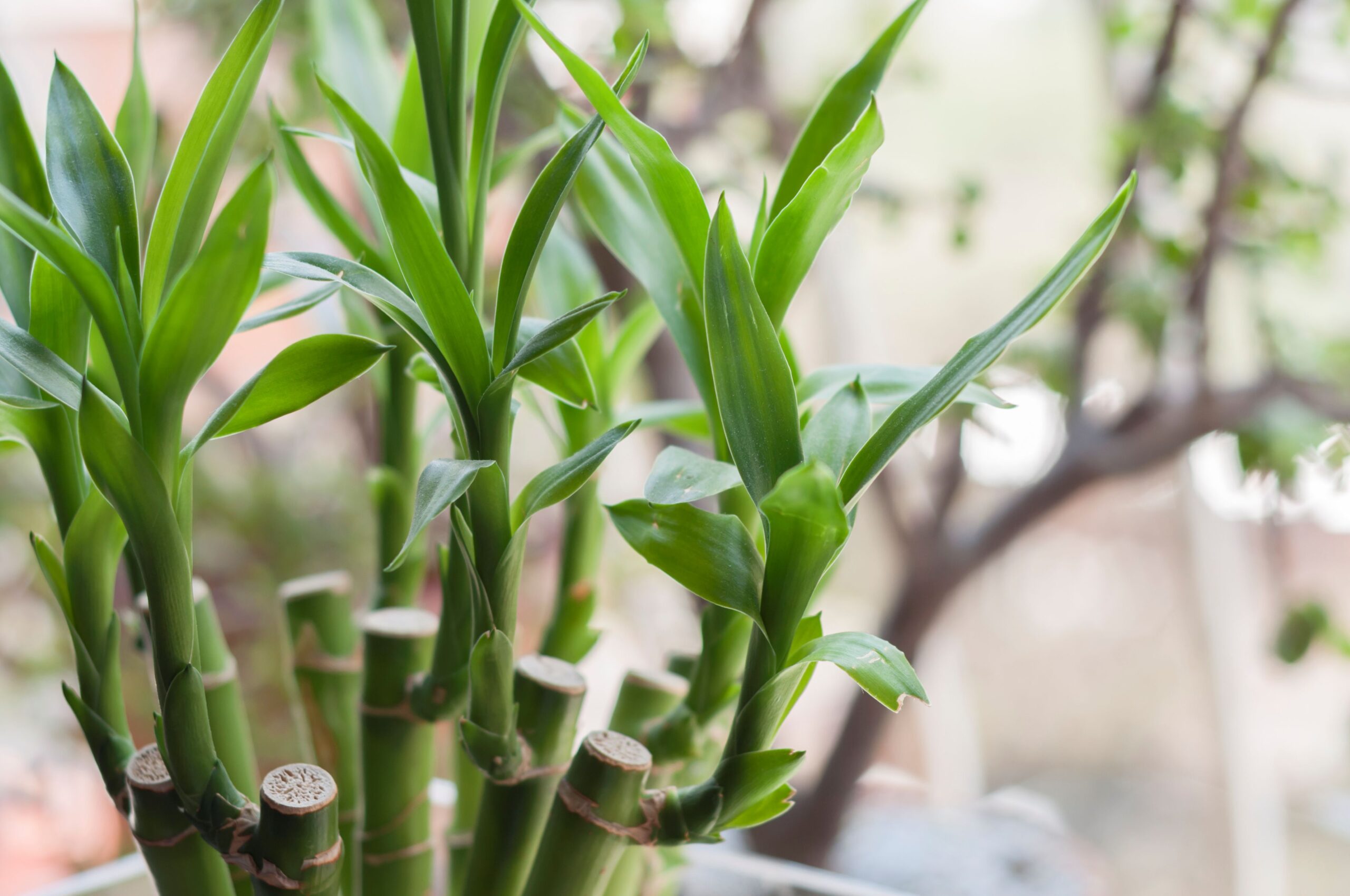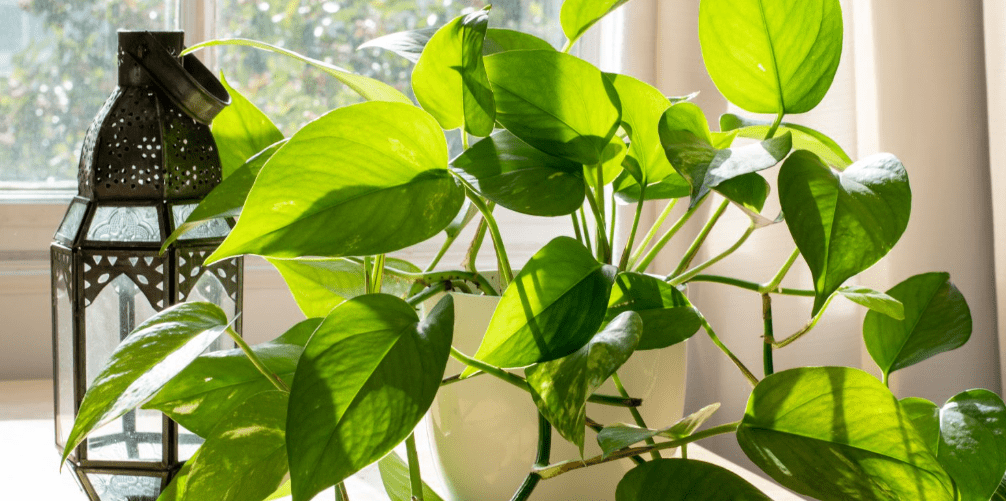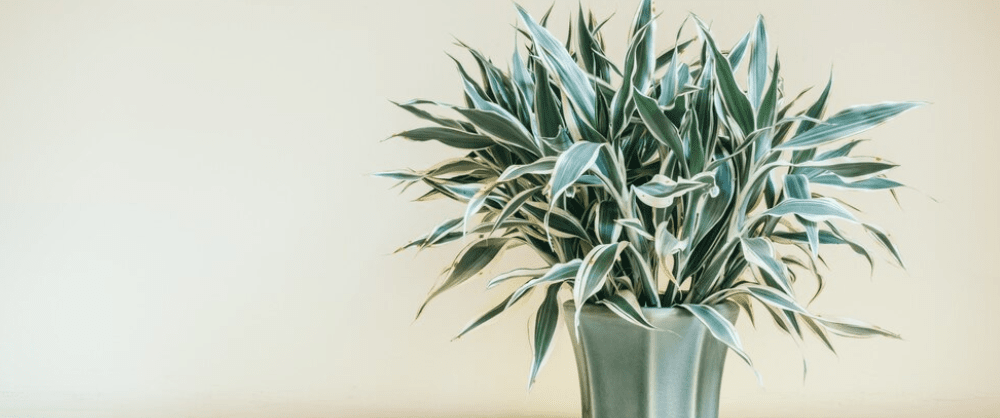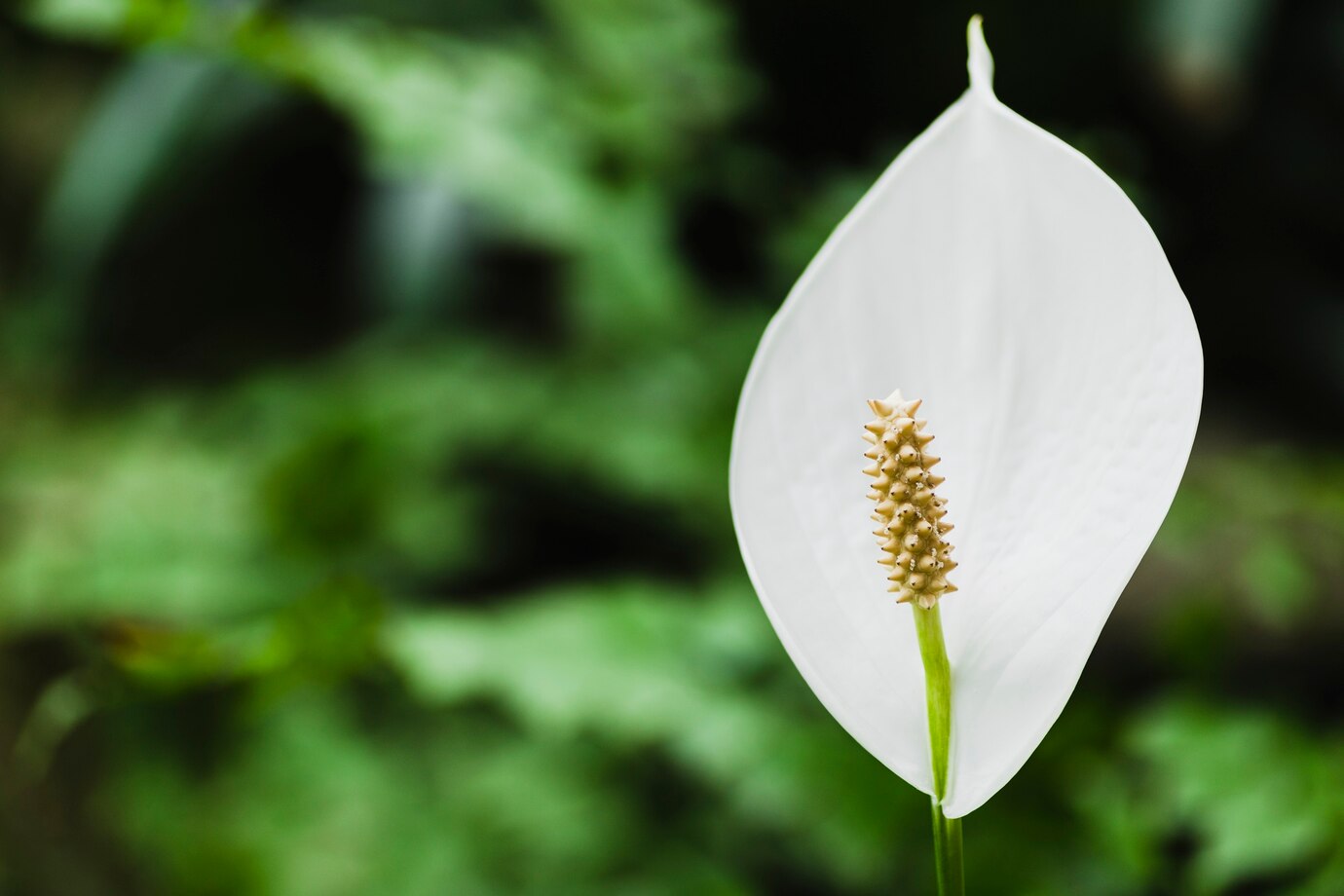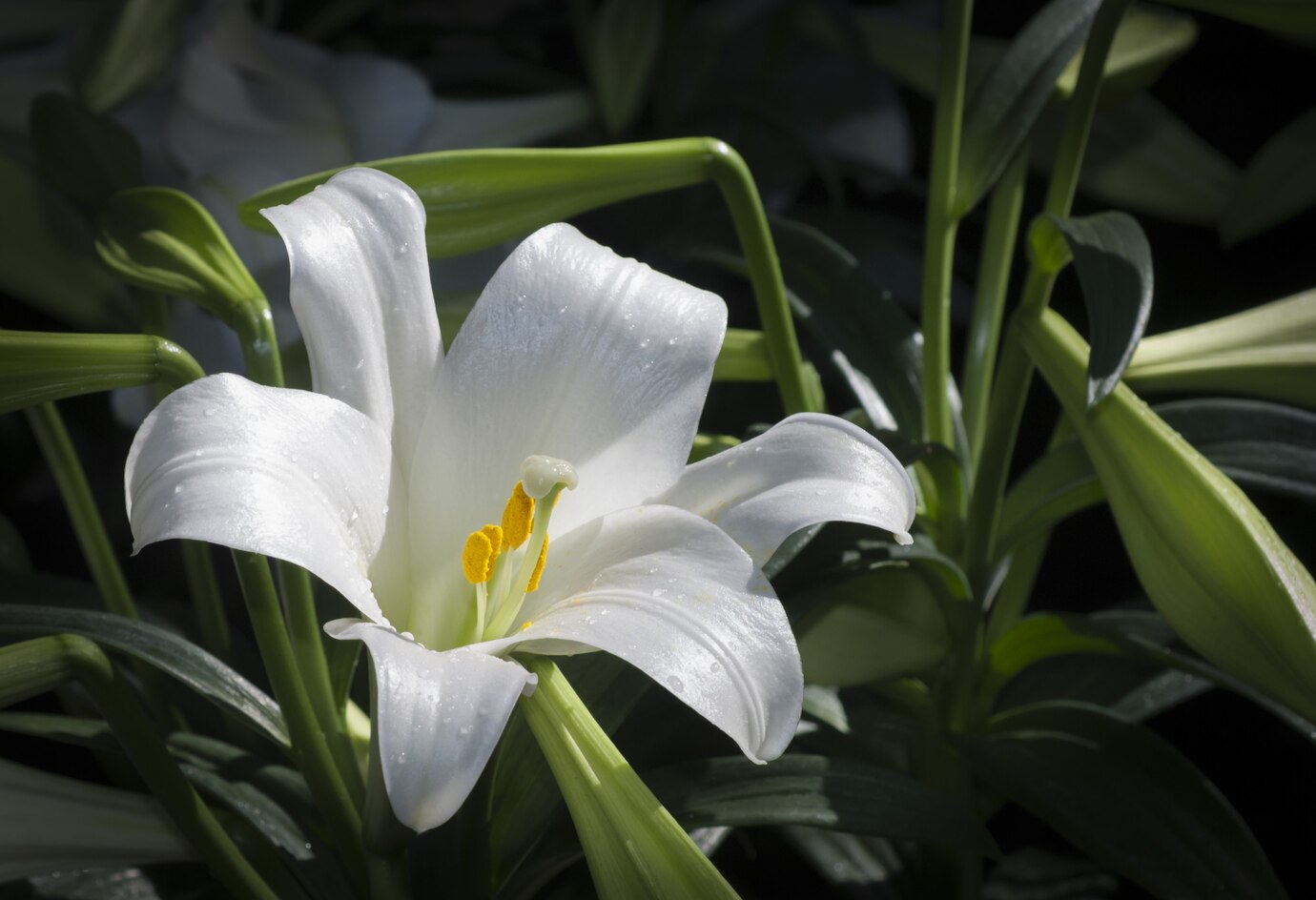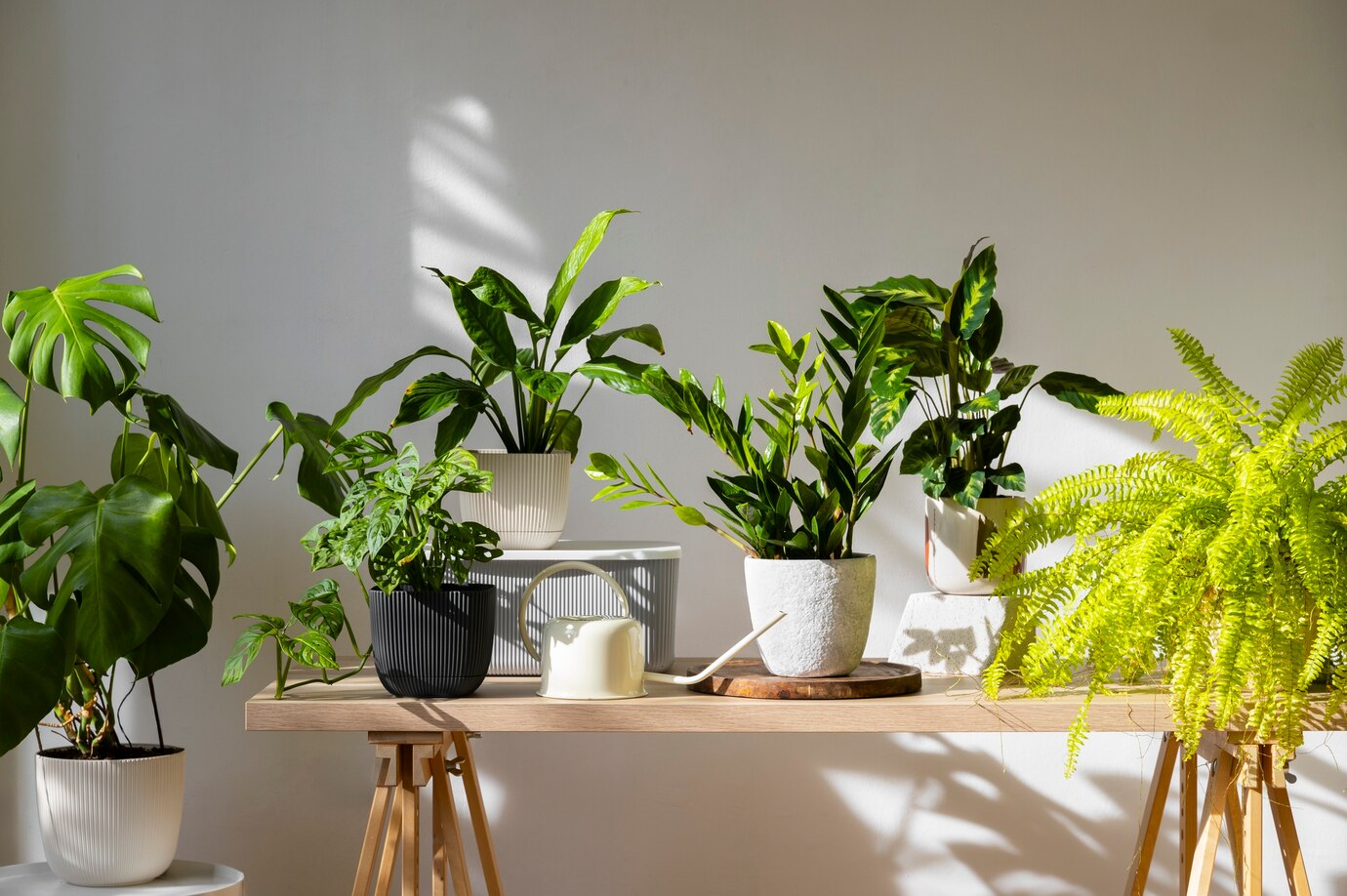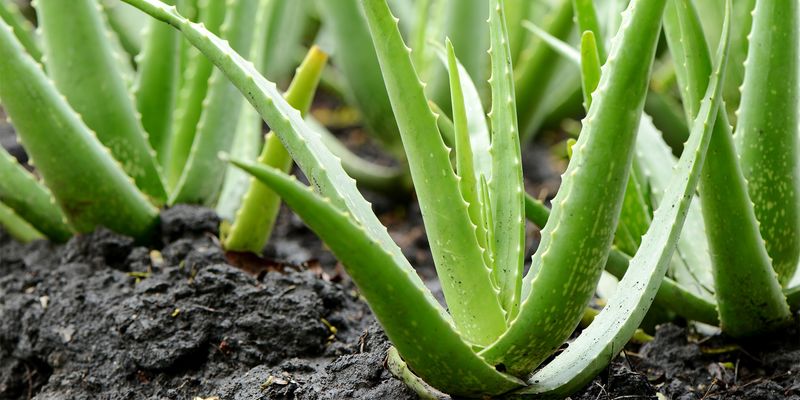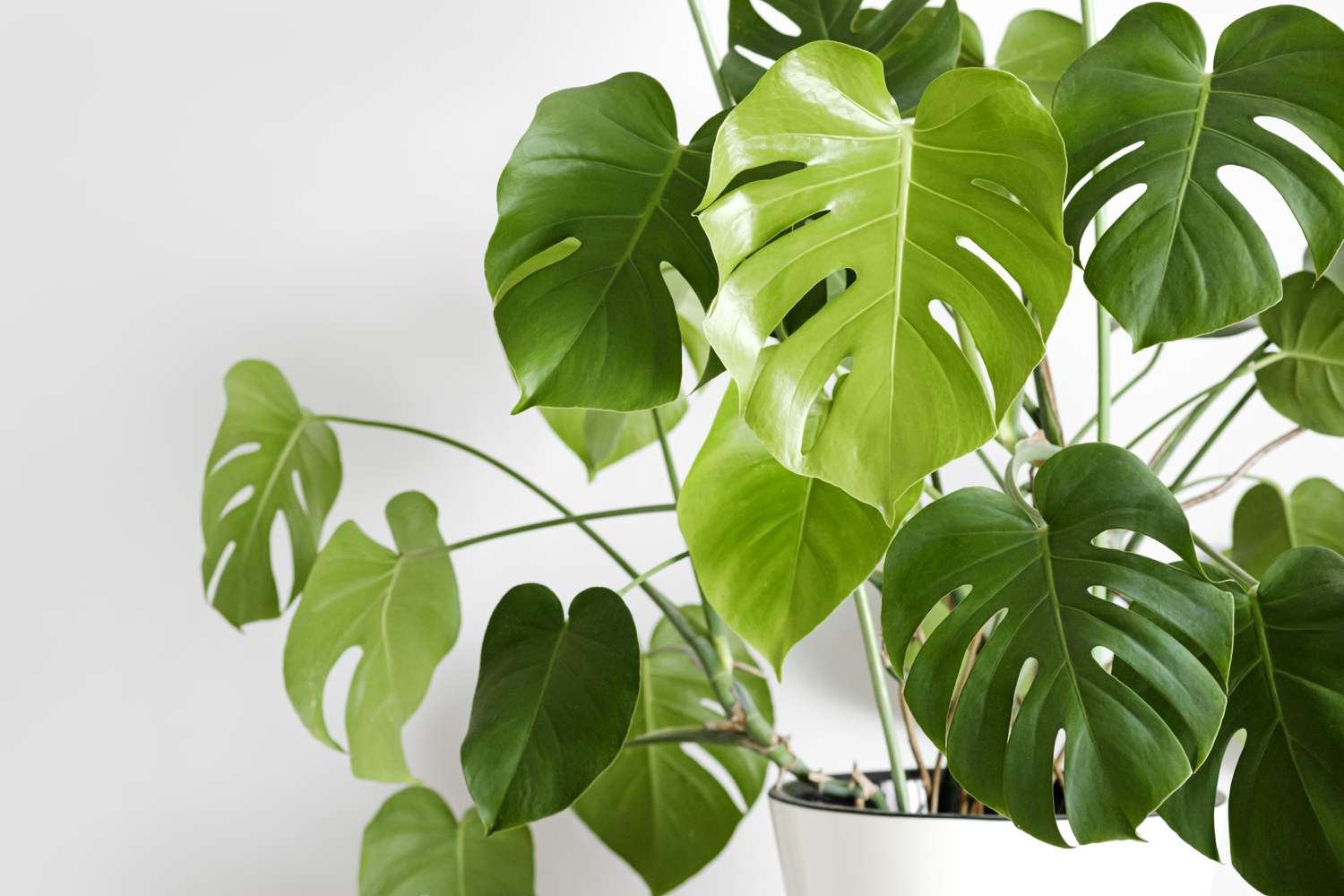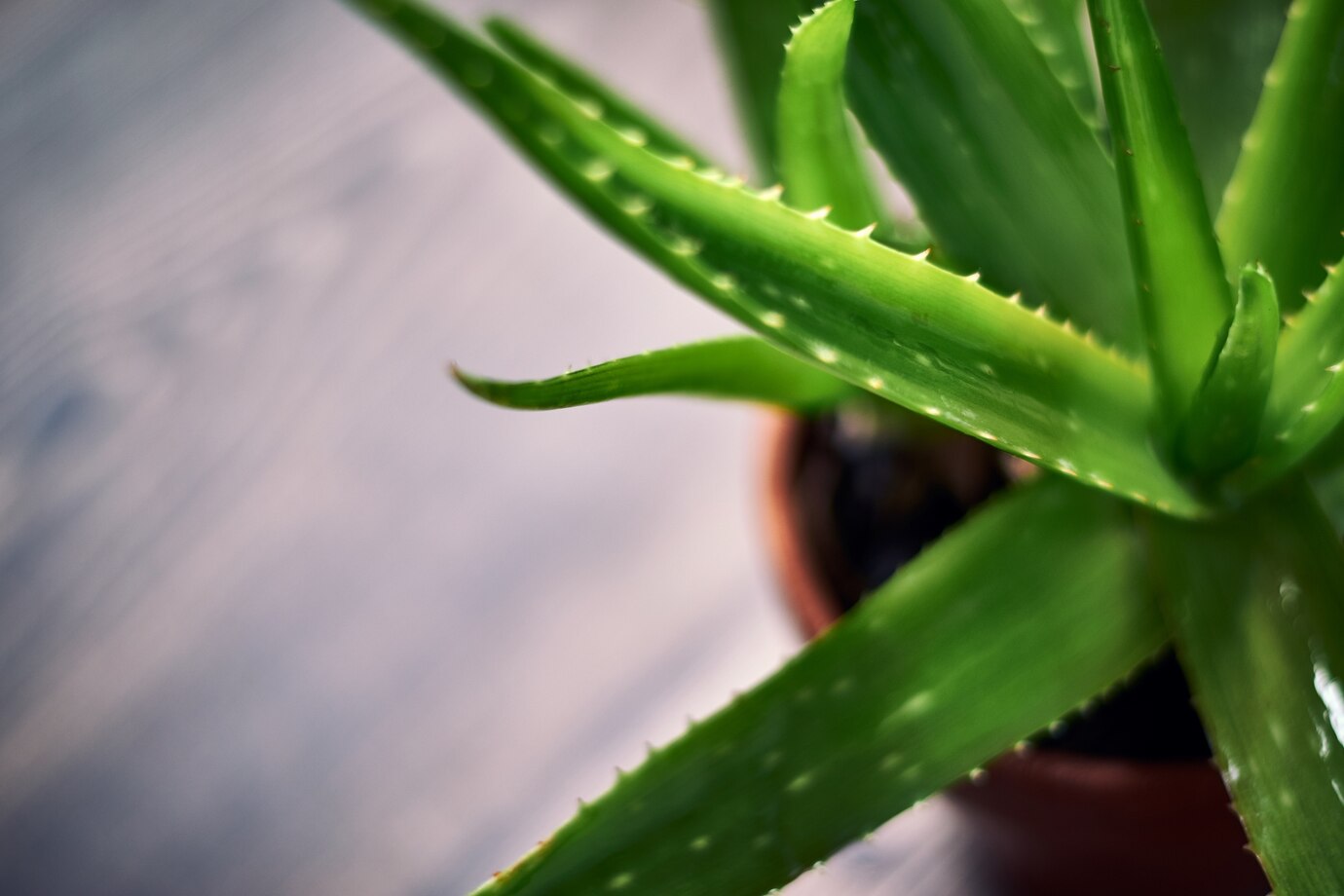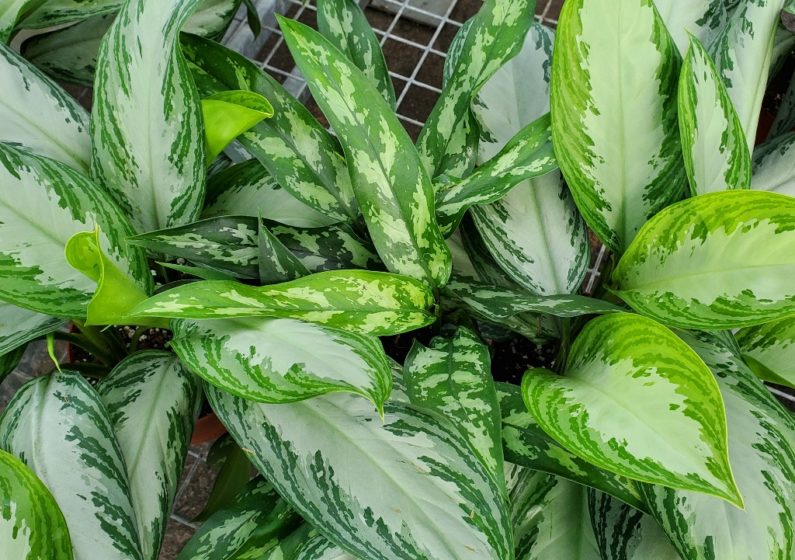Bamboo is a favorite in many gardens thanks to its rapid growth and striking, upright stems (known as culms). Certain varieties complement tropical-themed landscapes beautifully, while others suit modern or urban-style gardens. With a wide variety of species available, bamboo comes in a range of stem colors—from deep black to bright golden yellow.
Clump-forming types are great for natural privacy screens, adding structure, or serving as eye-catching focal points. However, some spreading varieties can quickly take over their space and become unsightly if not properly maintained. Once established and left unchecked, they can be incredibly difficult to eliminate.
Growing Bamboo
Bamboo plants fall into two main categories: clump-forming and running types. Clump-forming bamboos grow in neat, compact clusters, making them easier to manage. On the other hand, running bamboo sends out long underground rhizomes that can sprout new shoots far from the original plant, quickly spreading if not kept in check.
To control their spread, you can contain running bamboo in a few different ways:
How to Grow Bamboo in a Container
One of the simplest and fastest methods in learning how to grow bamboo is to plant it in a large container and sink it into the ground, making sure to leave the rim exposed above the soil surface. This setup will restrict the bamboo’s growth to the size of the container, preventing it from spreading. However, this approach is best suited for small areas, such as creating a focal point or adding height to a border.
How to Grow Bamboo in a Trench
For larger areas, such as when creating a hedge or screen, it’s best to dig a trench 2 to 4 feet deep along the desired planting area. The trench should have a C-shape, curving at both ends. Line the trench with an impenetrable material, like paving slabs, corrugated iron, or a specialized root barrier fabric, leaving 2 to 3 inches above the soil surface. Afterward, fill the trench with soil, compact it thoroughly, and then plant the bamboo. To make maintenance easier, dig another trench approximately 1 to 2 feet in front of the plants, at the same depth, which will serve as your maintenance trench.
How to Grow Bamboo in the Ground
To plant bamboo in the ground, start by digging a hole that’s twice the size of the root mass. Add a bit of compost at the bottom of the hole to help with drainage and nutrients. Place the bamboo in the hole so that its root mass is level with the soil surface. Then, mix the soil with additional compost and fill the hole. Top off the planting area with a bit more compost and water thoroughly to settle the plant into its new home.
How to Care for Bamboo
Bamboo thrives on high levels of nitrogen, so it’s best to fertilize it in early spring and again in mid-to-late summer to maximize growth.
To keep your bamboo healthy, regularly remove dead canes and debris around the base to promote good air circulation.
You should perform Regular root maintenance to prevent the bamboo from spreading into unwanted areas. This is easier if you’ve planted with a restrictive trench, as the trench allows you to easily monitor and cut off any new rhizomes using a sharp shovel or clippers. If you haven’t used a trench, dig around the designated area at the end of each growing season and remove any stray roots with a sharp shovel.
Propagating Bamboo
By Division
To create new bamboo plants, divide the clumps in mid-spring. For dense clumps, use a mattock or axe to split them, while smaller ones can be separated with a saw. Select younger rhizomes from the outer edges of the clump to propagate new plants.
By Rhizome Cuttings
You can take rhizome cuttings in early spring:
- Select a young cane from the outer part of the clump.
- Dig around the rhizome, connecting the cane to the main plant.
- Sever the rhizome and carefully lift the cutting from the soil.
- Trim the cane to about 30 cm (1 foot) and make a sloping cut.
- Make sure the remaining buds on the cane are undamaged.
- Place the rhizome in a deep tray of gritty compost, ensuring the canes stay upright. Cover with additional compost.
- Water well, then place the tray inside a transparent plastic bag to maintain humidity.
- Set the tray in a warm, bright indoor location.
In the following spring, once the risk of frost has passed, transplant the bamboo outdoors.
Varieties of Bamboo
There are numerous varieties of bamboo, each with its own preferences, but all will thrive in well-drained soil. Some varieties enjoy a bit of shelter, while others are more adaptable. No matter your needs, there’s sure to be a bamboo variety that fits your plans. Visit our Bamboo page to explore the available different types.

